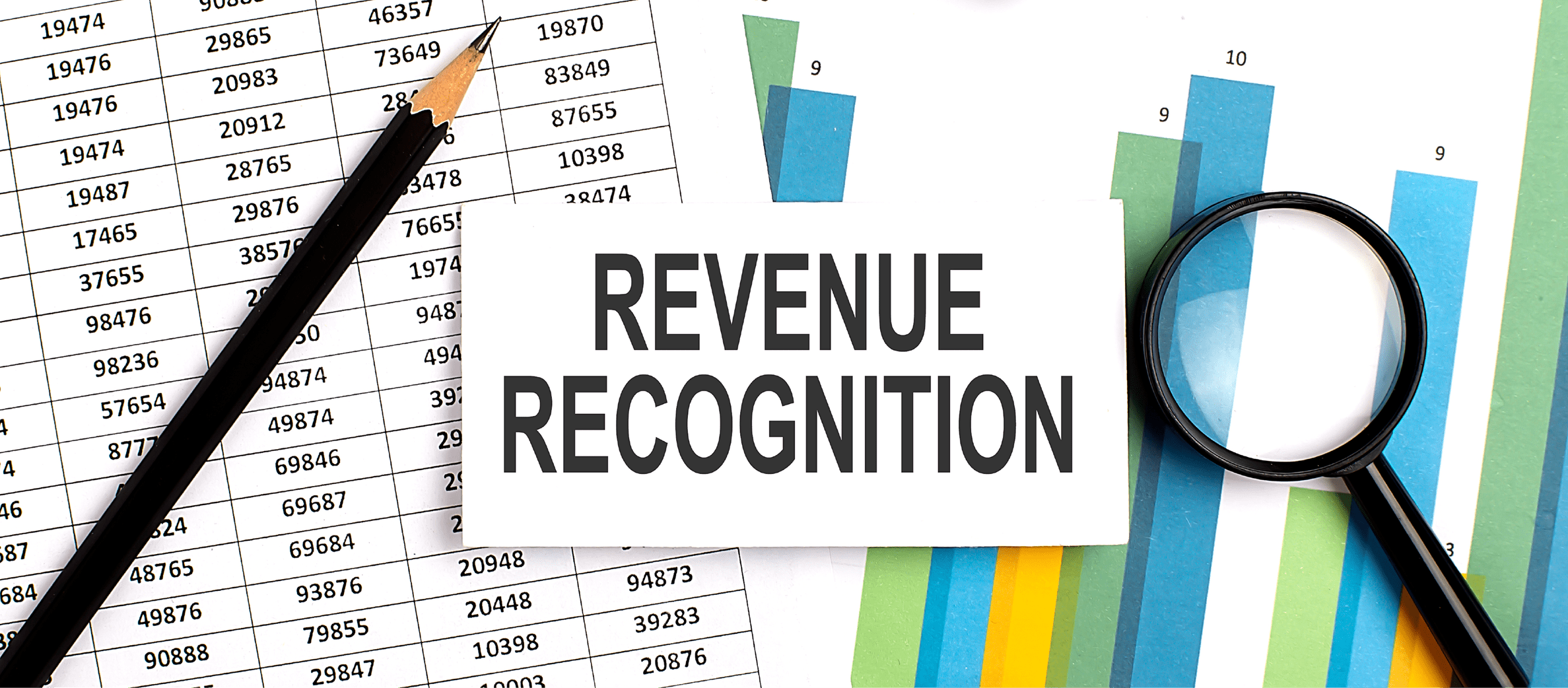In small business financing, few options offer as much promise and support as Small Business Administration (SBA) loans. These loans provide a lifeline for entrepreneurs looking to start, expand, or sustain their businesses. However, navigating the SBA loan application process can be daunting without proper guidance.
The SBA Loan Landscape
Before diving into the application process, it’s essential to grasp the SBA loan landscape. The SBA offers various loan programs tailored to meet different business needs. Here are some of the most common SBA loan programs:
- 7(a) Loan Program: This is the SBA’s primary program, providing loans to eligible small businesses for various purposes, including working capital, debt consolidation, and real estate acquisition.
- 504 Loan Program: Ideal for financing fixed assets like real estate or equipment. It involves a partnership between the borrower, a Certified Development Company (CDC), and a lender.
- Microloan Program: Designed for small businesses needing modest capital amounts. Microloans are typically provided by nonprofit community-based organizations.
- Disaster Loans: These loans are available to businesses affected by declared disasters, providing financial relief to help recover and rebuild.
Choosing the right SBA loan program depends on your business needs and financial goals. Once you’ve identified the most suitable program, you can begin applying.
Essential Documentation
SBA loan applications require robust documents to evaluate your business’s financial health and eligibility. Here’s a checklist of essential documentation you’ll need to gather:
- Business Plan
A well-structured business plan is the cornerstone of your SBA loan application. It should include:
• An executive summary
• Business description and history
• Market analysis
• Management and organizational structure
• Product or service details
• Marketing and sales strategies
• Financial projectionsYour business plan should paint a clear picture of your business’s past, present, and future, demonstrating its viability and potential for growth.
- Personal Background and Financial Statements
SBA lenders typically require personal financial statements from all owners with a 20% or greater stake in the business. These statements should include details about your assets, liabilities, and income. - Business Financial Statements
Prepare comprehensive financial statements, including:
• Profit and loss (P&L) statements
• Balance sheets
• Cash flow projectionsThese documents should cover at least the last three years of your business’s financial history. They provide insights into your business’s profitability and loan repayment ability.
- Business Tax Returns
You must submit complete business tax returns for the past three years. Make sure your returns are accurate and up to date. - Personal Tax Returns
Lenders will also require personal tax returns for all owners with a significant stake in the business. This helps assess your overall financial stability. - Personal Tax Returns
Lenders will also require personal tax returns for all owners with a significant stake in the business. This helps assess your overall financial stability. - Business Licenses and Permits
Provide copies of any licenses, permits, or registrations required to operate your business legally. These documents demonstrate your compliance with local regulations. - SBA Loan Application Forms
Each SBA loan program has specific application forms. You’ll need to complete the appropriate documents, which may include SBA Form 7(a) for the 7(a) Loan Program or SBA Form 413 for personal financial statements. - Collateral Documentation
If your loan requires collateral, be prepared to provide documentation detailing the assets you’re using to secure the loan. - Business Debt Schedule
List all business debts, including loans, credit lines, and outstanding balances. Lenders want to assess your current financial obligations. - Ownership and Affiliations
You must disclose these relationships in your application if your business has ownership affiliations or subsidiaries.
Remember that preparation and attention to detail are the keys to a smooth SBA loan application process. Seek guidance from experienced financial advisors and consider partnering with Better Accounting to ensure your application is well-structured and meets all requirements. With determination and the proper support, your business can access the financial support it needs to thrive and prosper.








